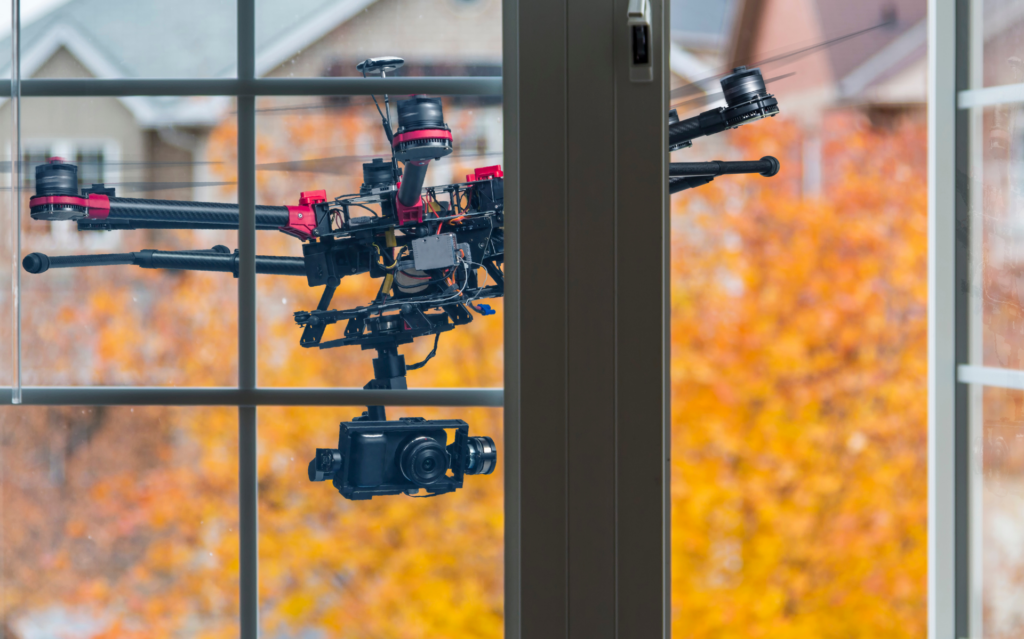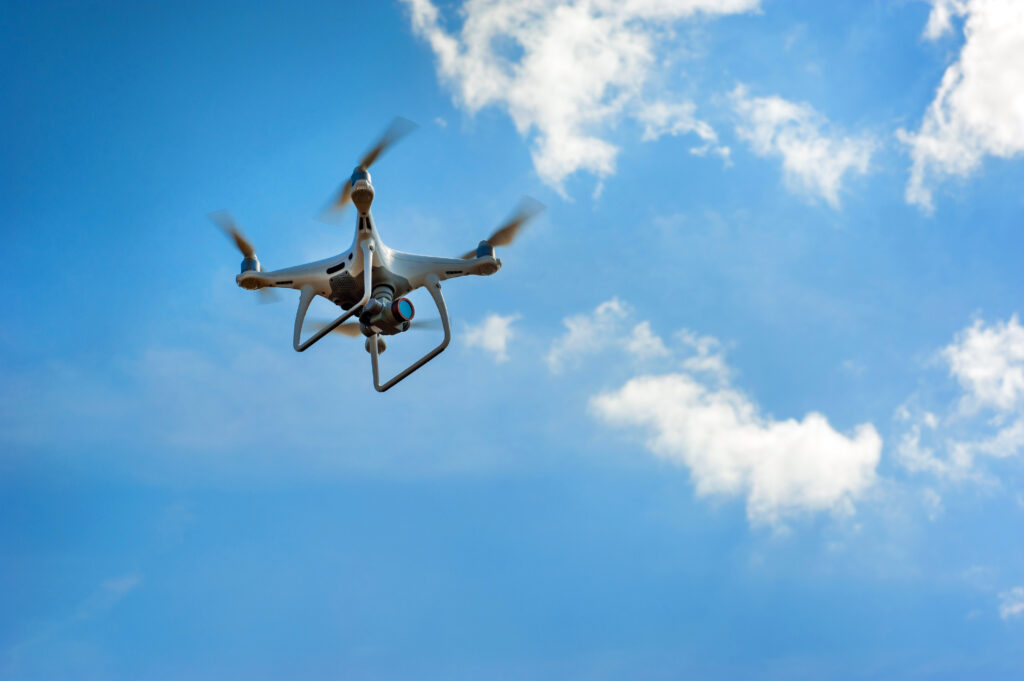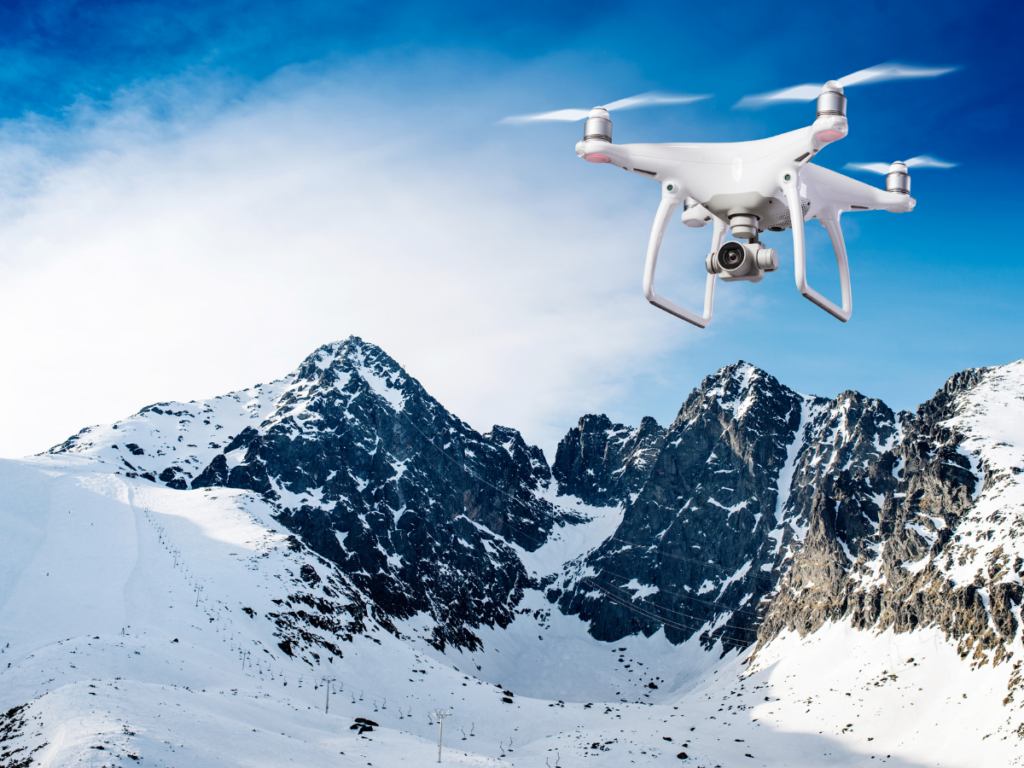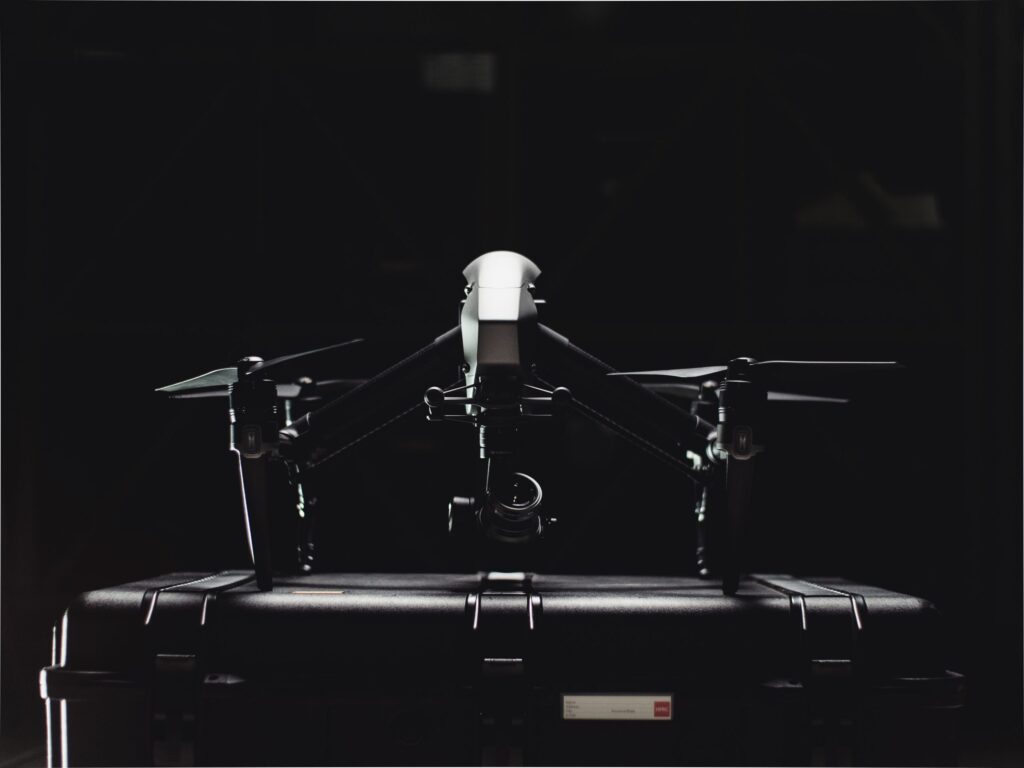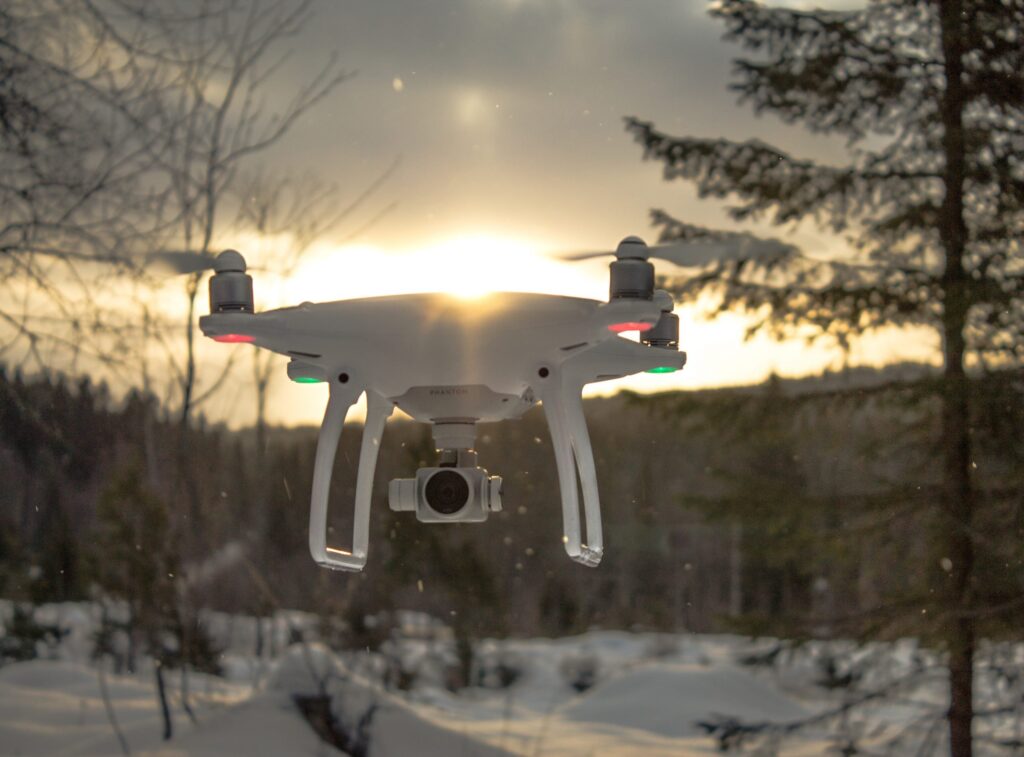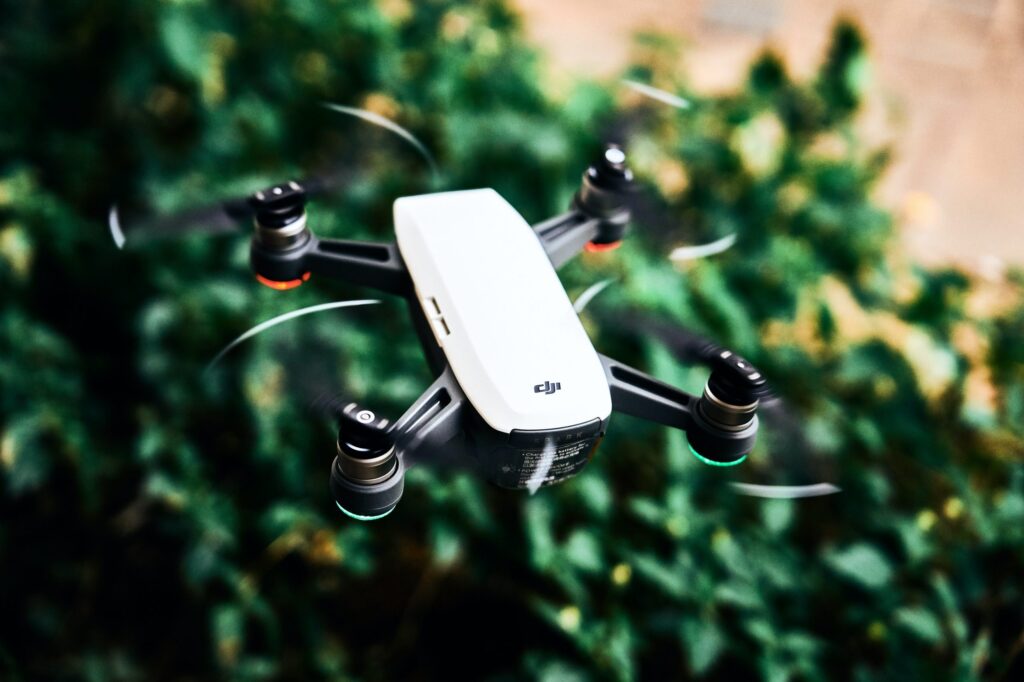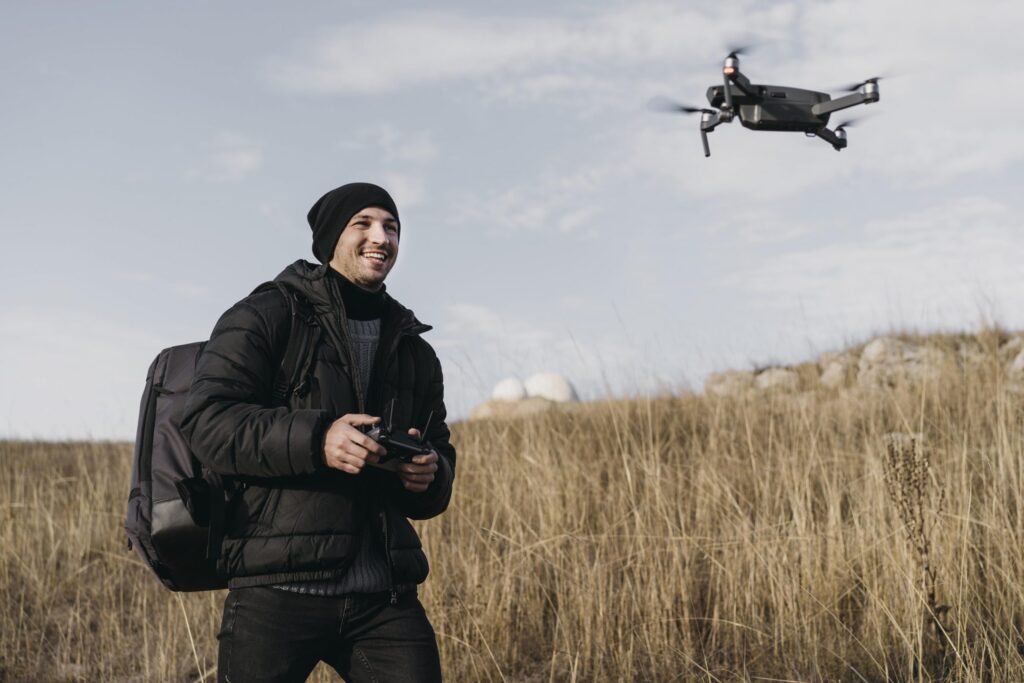What Measures Can You Take to Curb Unsafe or Spying Drone Use?
So, you see a drone zipping around your neighbourhood, possibly above your backyard. First of all, know that most drone pilots are flying for work purposes or for fun and are not actually spying on you. You can learn some of the rules for drones and also what can you do about them when they are breaking the rules.
Drones, also referred to as Remotely Piloted Aircraft (RPAs) or Unmanned Aerial Vehicles (UAVs), came to prominence after being employed in the Afghan conflict. Drones, though, have become smaller, lighter, and less expensive. In the last few years, they have become very user-friendly and accessible to the public. You may even know somebody who has one!
Now that we have this explosion of drone usage, the general public is seeing them more and more in their daily lives. Professional realtors, photographers and inspectors are just some examples of professions that use drones in residential neighborhoods. There are also some pilots that are not following the rules, so how do we know the difference?
What are the rules about flying in residential areas? To answer this you need to learn about airspace. Airspace is what the aviation world calls the legal classification of a region of air. There are two main types of airspace – Controlled and Uncontrolled Airspace. Controlled airspace generally occurs around airports, heliports, and other protected areas. These types of airspace are shown in aviation maps or charts: Transport Canada also provides an online map free to the public here at this link Where to fly your drone.
In control zones around airports, the airspace is controlled from the ground up. This means if your house is within a control zone the airspace in your back yard is controlled airspace. Drone pilots require Advanced RPAS Operations Certification to fly in controlled airspace. You can ask them to show you their certificate.
If you are outside of control zones the airspace is uncontrolled, or Class G, airspace. Class G airspace is not owned by anyone, not even you, even in your own backyard! This is where the grey area comes in. If you are concerned about your privacy or you think you are being spied on, it becomes a legal privacy issue and is under RCMP jurisdiction. Due to the dramatic increase in drones and public unfamiliarity with them these conflicts are becoming more common. We at VICTORY UAV strive to train drone pilots to be courteous and to help the general public become more relaxed and informed about them. We recommend that you go through the following steps before you contact your local authorities.
Another issue regarding unsafe drone use is flying directly above people. To fly directly above people drone pilots must have their Advanced RPAS Operations Certification AND manufacturer declaration for their drone that states it is safe to fly above people. Technology for flying above people includes small parachutes which are deployed on the rare occasion they lose control of the drone. You can see the list of approved drones on the Transport Canada page here at this link Choosing the right drone
1) Document the incident involving unsafe drone use or talk to the drone operator if possible
Suppose a drone is recklessly flying over your property like it isn’t being flown by someone who has had proper UAV training at a facility like VICTORY UAV Pilot Training in Canada. In that case, you can try documenting the situation as best as you possibly can. If you personally know the operator and feel at ease discussing unsafe drone use with that person, then go ahead and do so. You must never forget to not overreact like that homeowner in Kentucky that shot a drone down using a gun. This type of behaviour will almost certainly worsen relations between you and your neighbour. It may even land you in more serious legal trouble with the authorities for criminal mischief.
Instead, act rationally and professionally. Contact the concerned party via phone or email. Knock on the door of that person if you have to. Have an honest conversation with them and request that the drone not be flown over your property, and recommend that the drone be flown at a city park or merely use it over their own property. You may also educate them about the areas that they can fly the drove over by telling them to visit
https://tc.canada.ca/en/aviation/drone-safety/learn-rules-you-fly-your-drone/where-fly-your-drone
It’s possible that the person was unaware that you had seen the device or that it had irritated you. If you’re neighbours with the operator, they may not have been aware that they were breaching the property line. When asked respectfully, the great majority of neighbours will cease their behaviour. Otherwise, the only real recourse is to alert local law enforcement, especially, if the drone is being flown dangerously, and manages to crash in your yard, injures someone, or damages property.
2) Post a sign on your property that indicates your opposition to drones
Another option is to post a sign that drones are not allowed on your premises, and place it where it can be easily seen from the air, be it in a tree, on the side of your chimney, on the roof of your condominium, and so on. A property owner may be able to seek remedy from the courts if a drone operator repeatedly violates the airspace at low levels after being warned to stay away. While these signs will not stop anyone from hovering over your property, they may persuade the operator to fly at a greater height and pass over it more quickly.
3) Report the incident to the proper authorities
You can report an unsafe drone use incident to the appropriate authorities. You can call 911 first if it’s an emergency or if the drone is posing a severe threat. You can also contact the local police if you believe the incident has violated your privacy.
If you suspect someone is flying a drone without a proper permit in an irresponsible manner, you can fill out and submit this form to Transport Canada. This federal institution is responsible for transportation policies and programs and promotes safe, secure, efficient and environmentally responsible transportation.
If you or someone you know is interested in learning how to properly operate a UAV and avoid unsafe drone use, get in touch with VICTORY UAV Pilot Training in Canada today.

